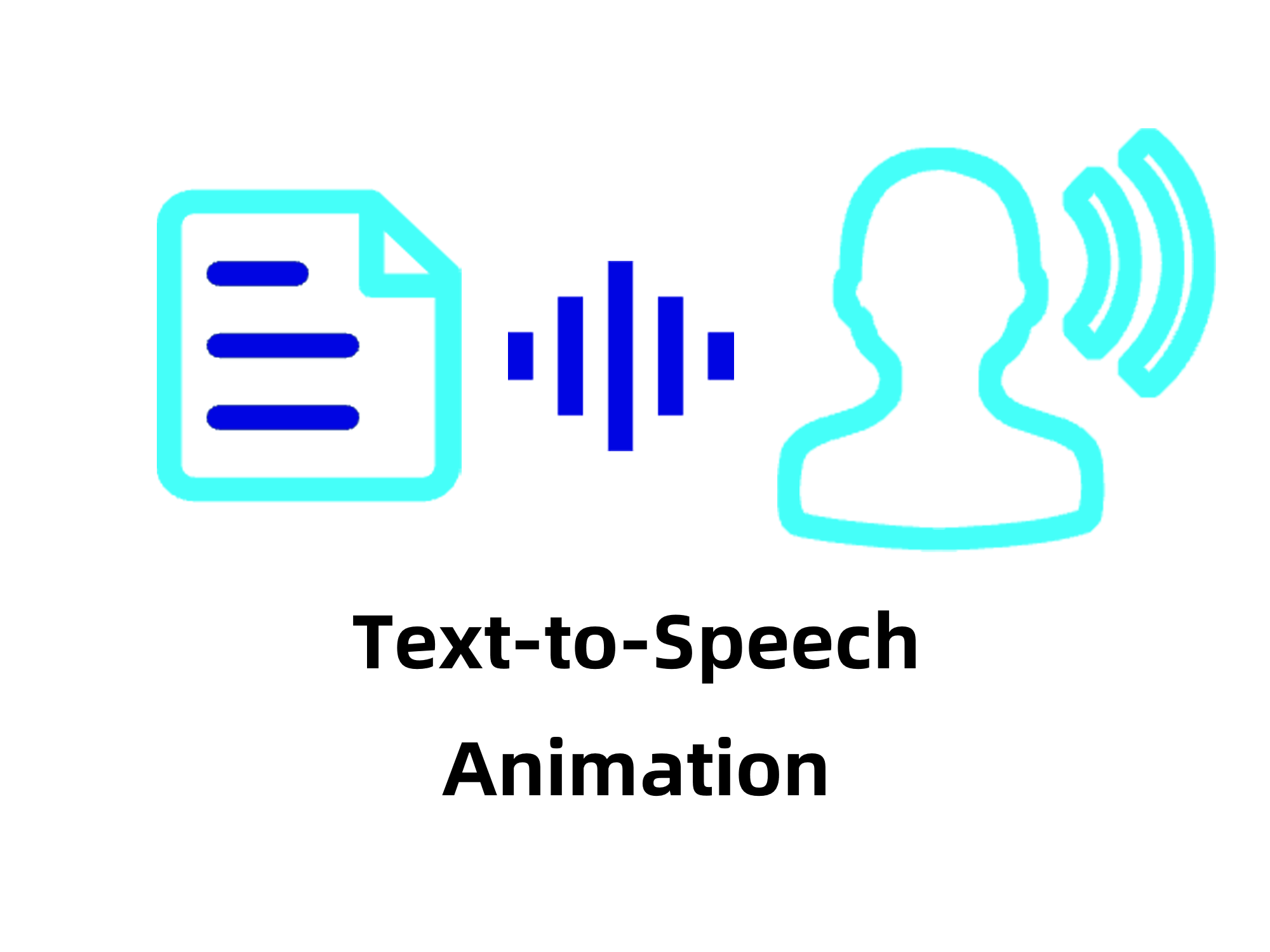Vision AI Technology
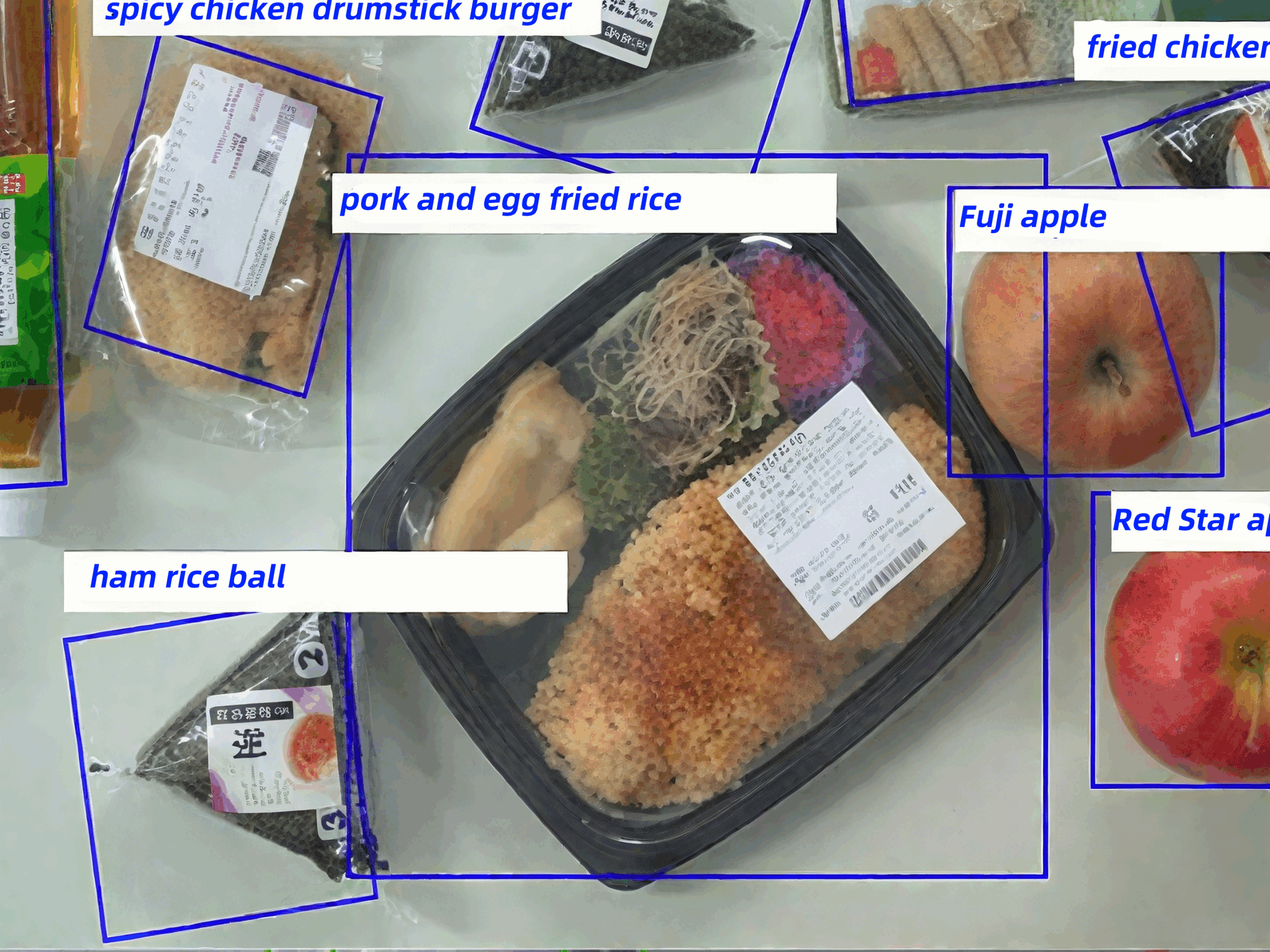
Item Recognition
Item recognition uses image processing, machine learning, and AI to identify and classify various objects. By combining pattern recognition, feature extraction, and database matching, the system can determine an item’s category, attributes, and characteristics with high accuracy.
Object Detection
Object detection refers to the process of separating objects of interest from the background in a single image or video stream. It uses vision-based AI to extract meaningful features, enabling the system to recognize and interpret real-world entities within visual data.
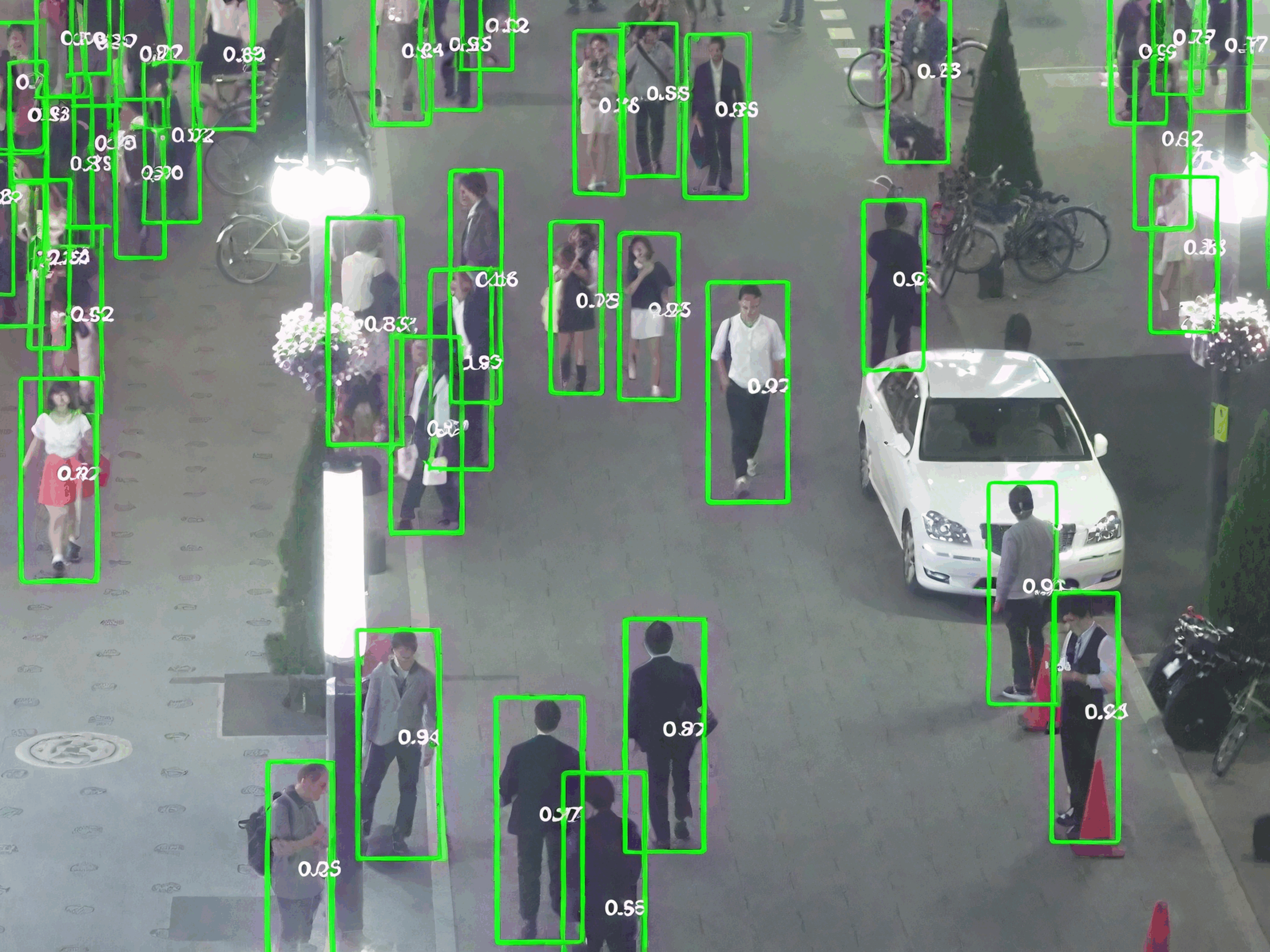
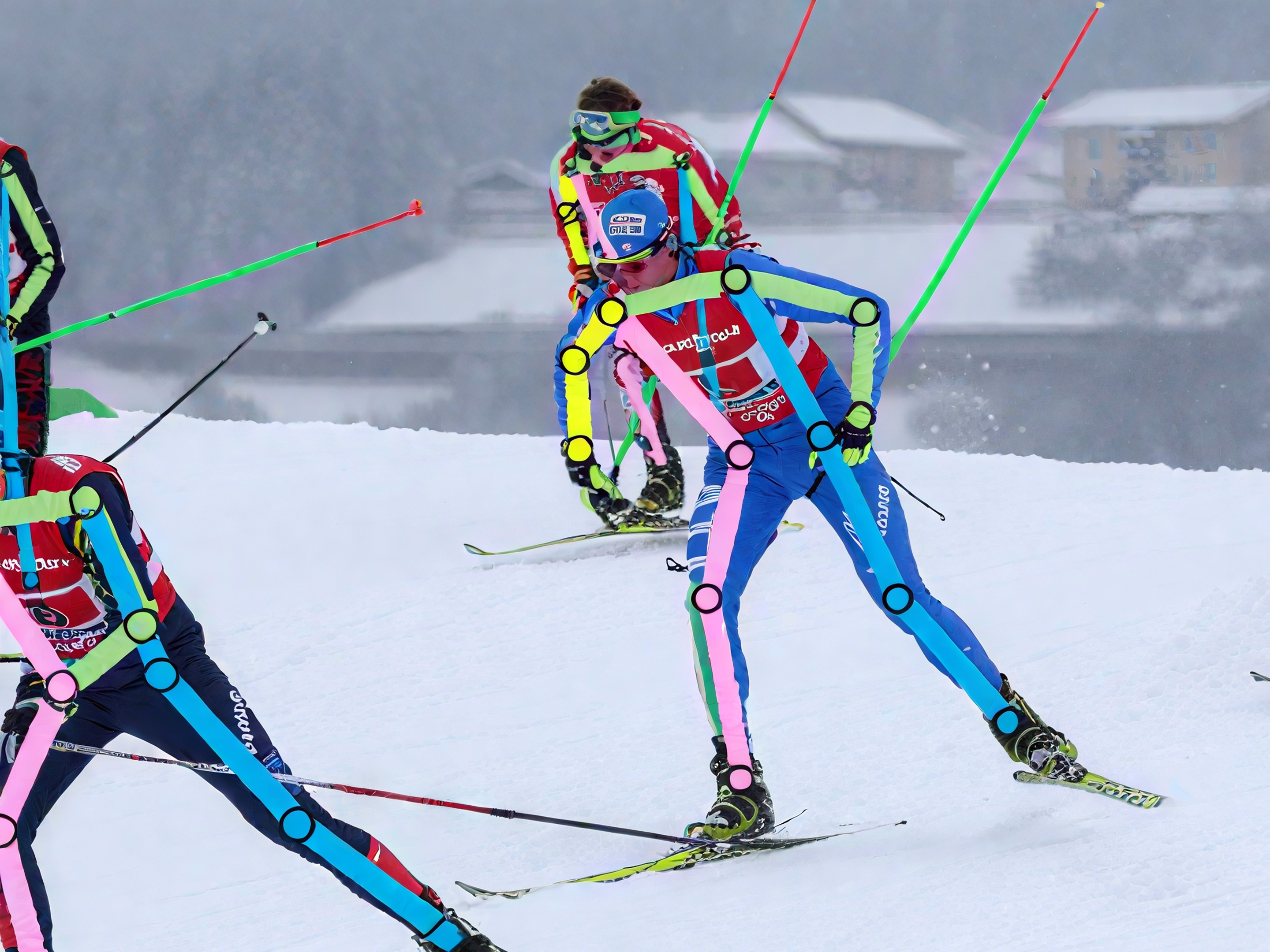
Pose Recognition
Pose recognition analyzes human posture and movement patterns to detect and interpret body gestures. Using AI-powered vision systems such as cameras, sensors, or deep learning algorithms, it enables real-time body tracking and action recognition.
Facial Recognition
Facial recognition leverages cameras or video streams to detect and track human faces. It then applies advanced AI techniques to analyze facial features for identification, authentication, or personalized interaction.
This technology is only used in authorized scenarios and complies with all relevant data protection and privacy regulations.
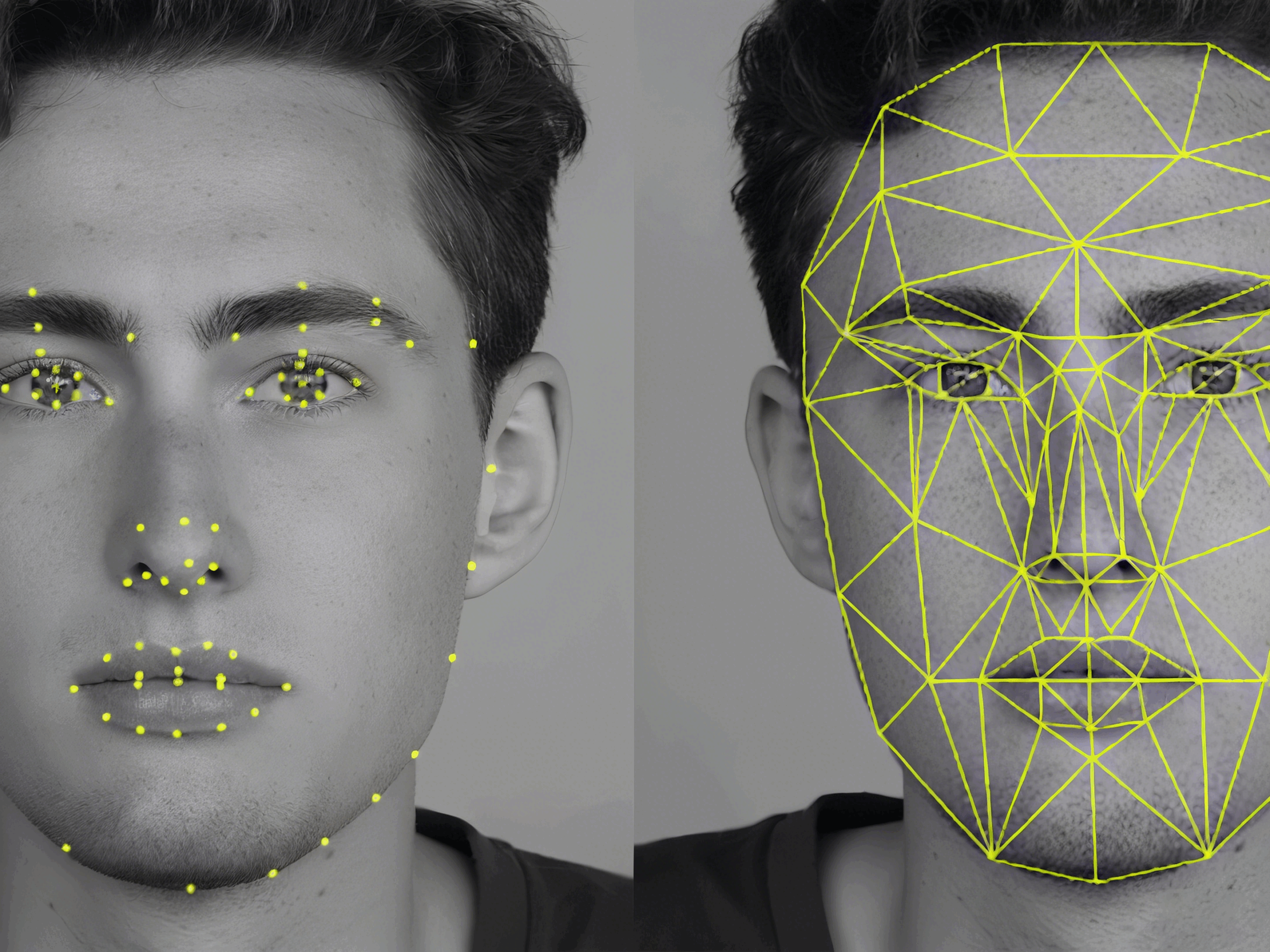
Digital Human Technology
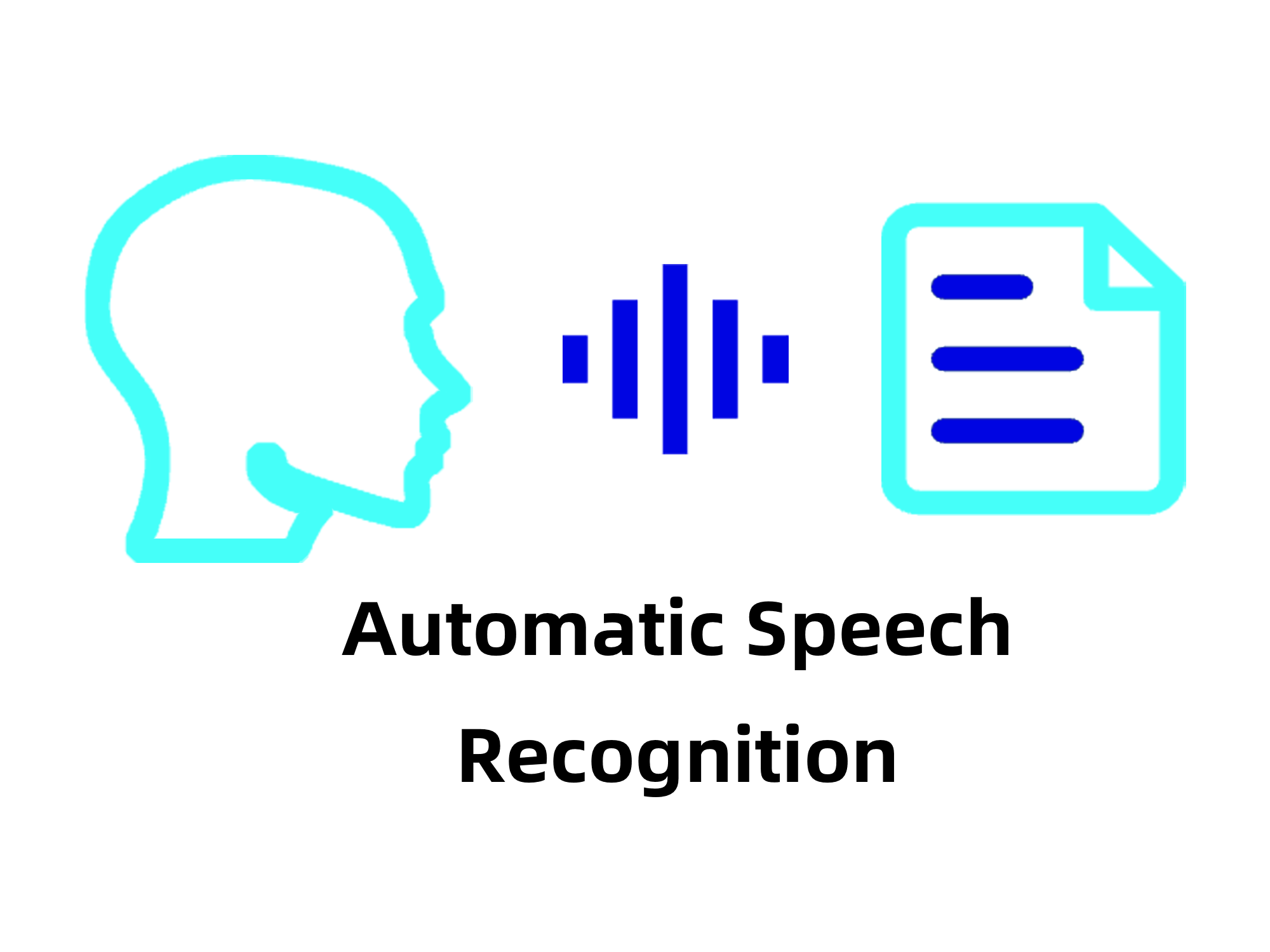
ASR – Automatic Speech Recognition
ASR technology converts spoken language into readable text or executable commands. By using acoustic and language models, AI systems analyze speech signals to accurately interpret and transcribe voice input.
NLP – Natural Language Processing
NLP enables machines to understand and interpret human language in a meaningful way. It helps AI systems analyze context, extract intent, and power voice-based or text-based interactions in retail and service scenarios.
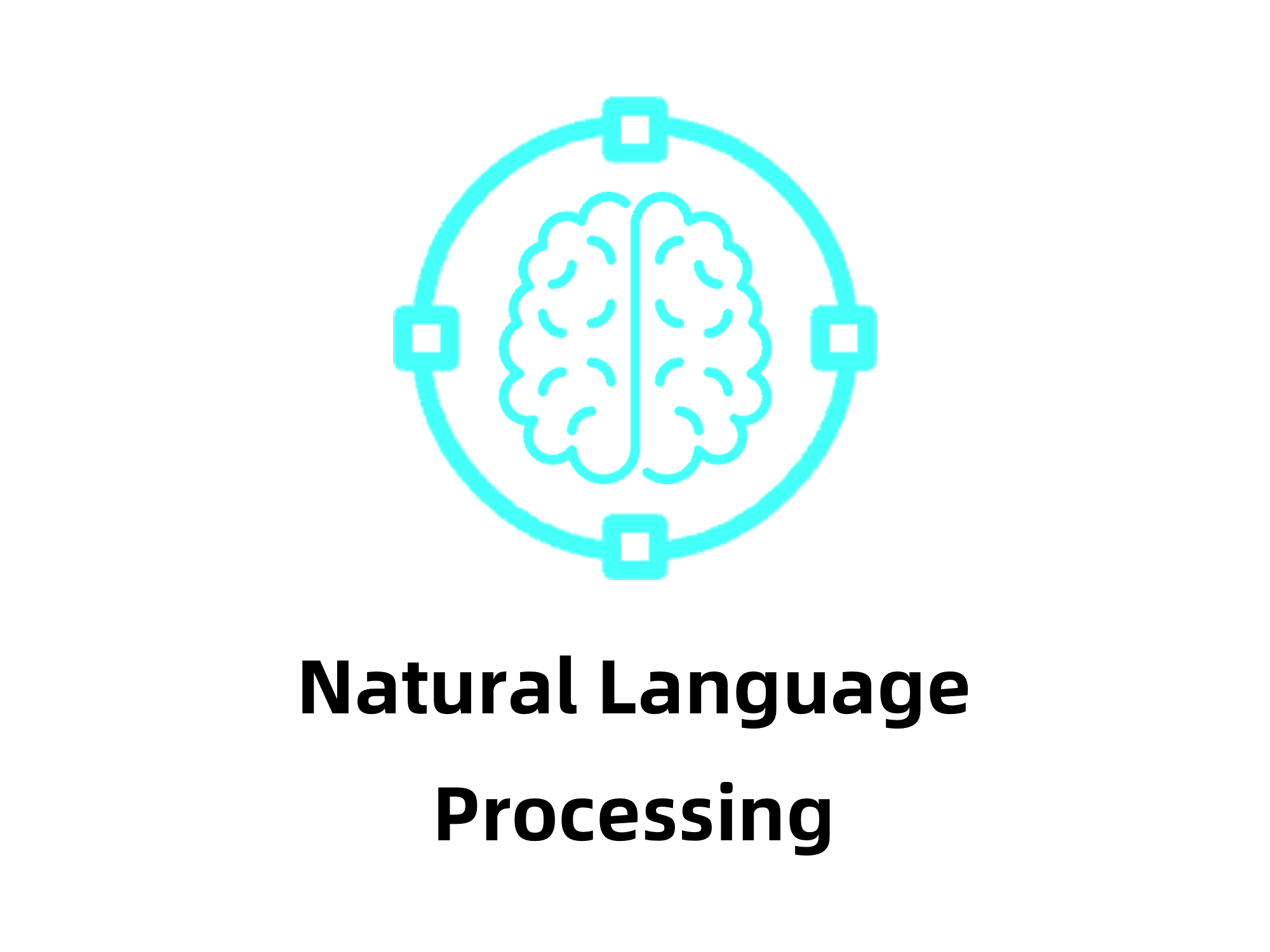
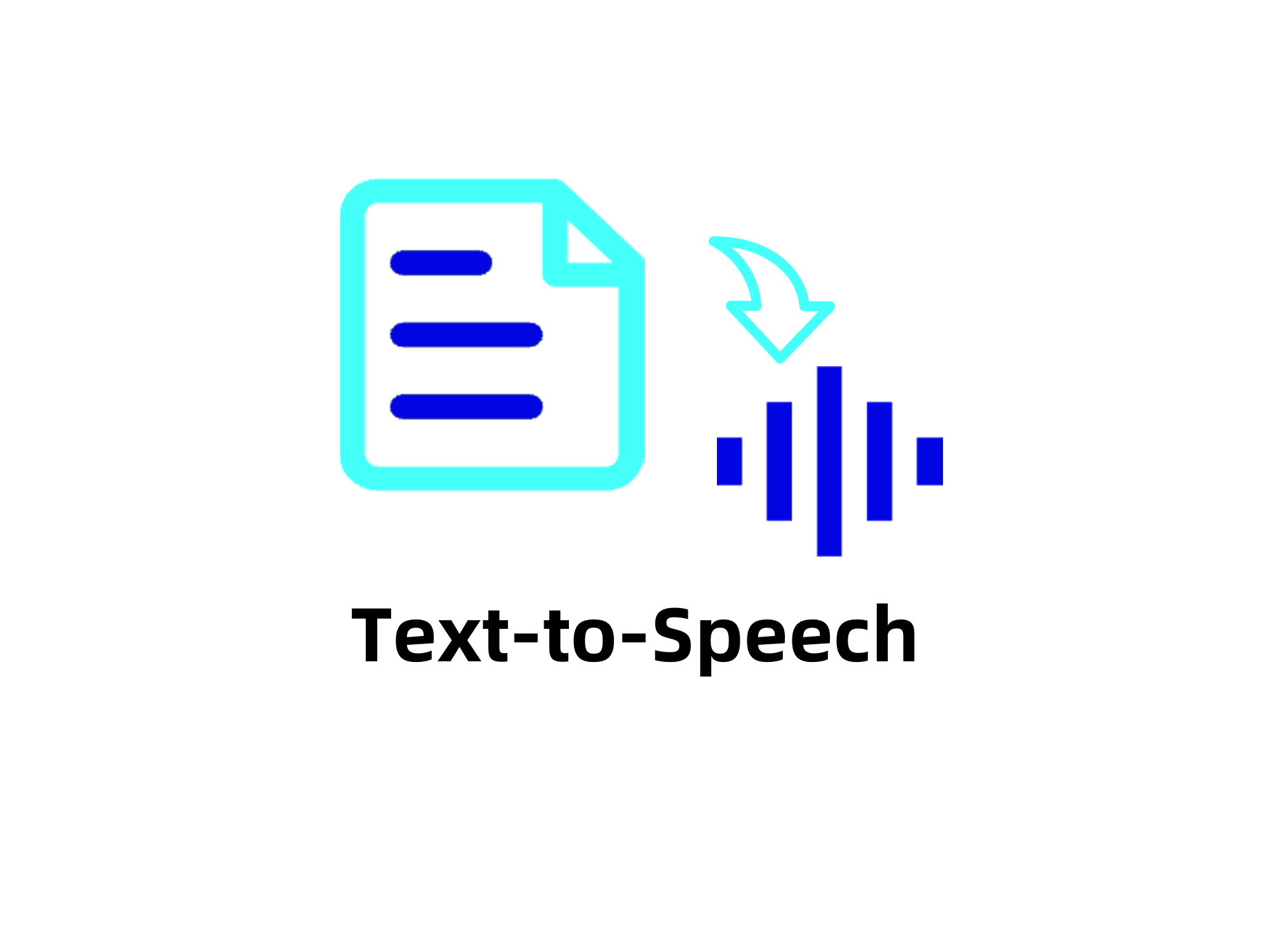
TTS – Text-to-Speech
TTS converts written text into spoken voice. By simulating human speech, TTS allows digital systems and virtual assistants to deliver information in natural, conversational audio.
TTSA – Text-to-Speech Animation
TTSA combines NLG and TTS technologies to turn written content into synchronized speech and animation. This enables lifelike digital humans to speak and interact, enhancing human-machine communication in retail and service environments.
